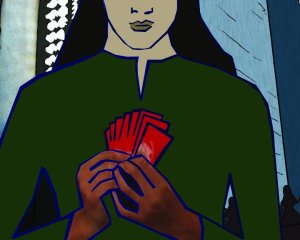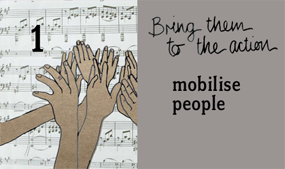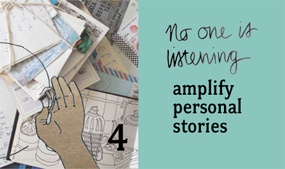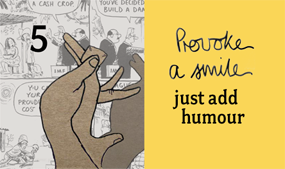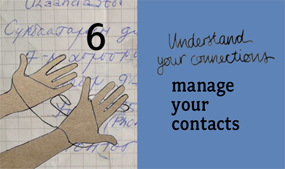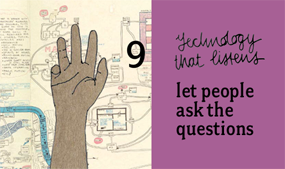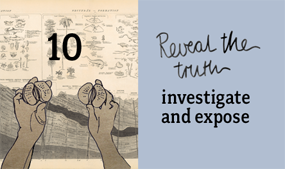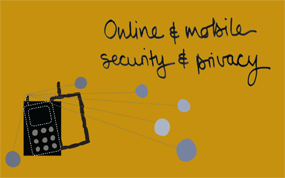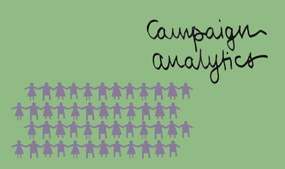|
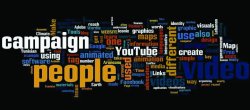
FEATURED TOOL
Create a dynamic tag cloud
Without doing any visual design yourself, you can create an info-graphic for your campaign. Wordle is a web-based application that creates a 'tag cloud' for you from either a static, finished document or from dynamic text, like a blog or news feed from a news site. Wordle uses the text to make a graphic, displaying in larger font sizes the words that are most often repeated. The tag clouds can be saved as PDF fi les and printed, or posted as images online. You have limited control over the colours and fonts that Wordle chooses, but you can use this application to give you ideas about how to design a more elaborate tag cloud of your own in a free graphics programme like Inkscape.
|
TIPS
PHIL ARONEANU, 350.ORG, ON KEEPING IT SIMPLE:
"Using iconic images is really good. Look at the video 'It's my future'. It was made by students in a few days using one camera, simple editing software, and one iconic slogan – ‘It’s my future’ – that appears in different contexts and languages. It becomes iconic, and it’s educational for people even if they don’t know everything about the campaign."
TESSA LEWIN, PATHWAYS OF WOMEN’S EMPOWERMENT:
"For animation and editing videos, there are some low-cost solutions, but not so many free ones. Although a lot of the work I do personally is about drawing frames and scanning them in and then playing around with them in Adobe software, all of that could also be done with free and open source software Gimp or Kino."
PHIL ARONEANU, 350.ORG, ON BRANDING AND IDENTITY:
"We thought it was important to have a steady graphic identity in our campaign. We decided to use professional designers, but could only afford to have them do the one campaign video for us. But, we got them to send us the files for all of the graphics used in the video so I can use them for lots of different stuff: logos, blog posts, print materials. For us, it ended up being a way to save money."
|


